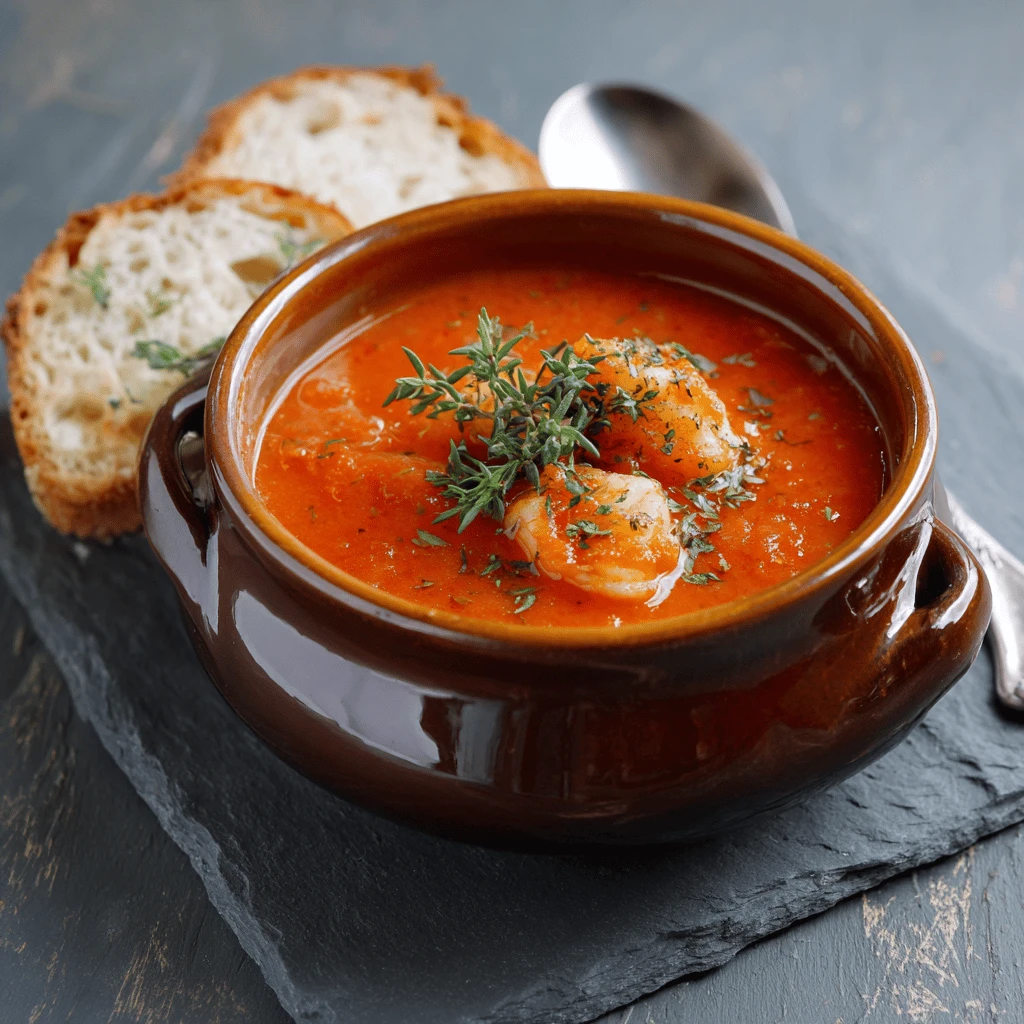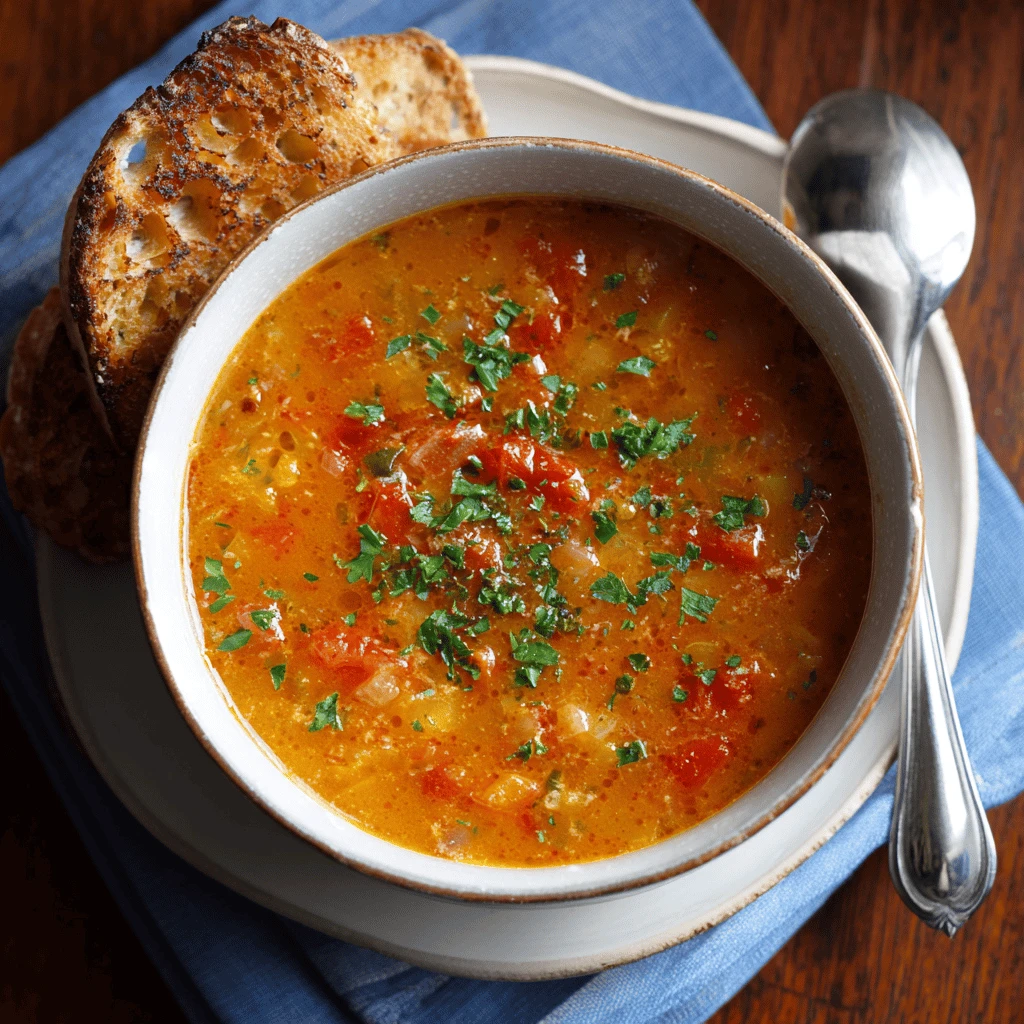Healthy Tomato Chowder: A Comforting and Nutritious Delight
Tomato chowder, a creamy and flavorful soup, is often associated with indulgence. However, with a few smart swaps and additions, you can transform this classic into a healthy and satisfying meal. This article will guide you through creating a delicious and nutritious tomato chowder that won’t compromise your health goals.
The Health Benefits of Tomato Chowder
Beyond its delightful taste, healthy tomato chowder offers a wealth of nutritional benefits. Tomatoes themselves are packed with vitamins, minerals, and antioxidants, particularly lycopene, which has been linked to a reduced risk of certain ailments.
- Rich in Vitamins and Minerals: Tomatoes are excellent sources of vitamin C, potassium, and folate, all essential for maintaining optimal health. Vitamin C boosts the immune system, potassium helps regulate blood pressure, and folate is crucial for cell growth and development.
- Antioxidant Powerhouse: Lycopene, the pigment responsible for tomatoes’ red color, is a powerful antioxidant. It helps protect cells from damage caused by free radicals, reducing inflammation and potentially lowering the risk of ailment.
- Fiber Content: Depending on the added vegetables, tomato chowder can be a good source of dietary fiber. Fiber promotes digestive health, helps regulate blood sugar levels, and can contribute to feelings of fullness, aiding in weight management.
- Heart-Healthy: By using heart-healthy ingredients like olive oil and limiting saturated fats from dairy, tomato chowder can be a beneficial addition to a heart-healthy diet.
Crafting a Healthy Tomato Chowder Recipe
The key to a healthy tomato chowder lies in selecting the right ingredients and modifying traditional preparation methods. Here’s a breakdown of how to create a nourishing and delicious version of this classic soup:
- Choosing Your Tomatoes: Opt for fresh, ripe tomatoes whenever possible. Roma or plum tomatoes are ideal due to their meaty texture and lower water content. If fresh tomatoes aren’t available, canned diced tomatoes or crushed tomatoes are a suitable alternative. Look for varieties labeled “no salt added” or “low sodium” to control sodium intake.
- Building a Flavorful Base: Start with a base of finely chopped onions, carrots, and celery (mirepoix). These vegetables add depth and sweetness to the chowder. Sauté them in olive oil over medium heat until softened, releasing their aromatic compounds. Garlic, minced or crushed, is another excellent addition to enhance the flavor profile.
- Broth Selection: Choose a low-sodium vegetable broth or chicken broth as the liquid base for your chowder. This will help control sodium levels and ensure that the soup remains healthy. Avoid using broths that are high in sodium or contain artificial additives.
- Thickening Agents: Instead of relying solely on heavy cream to thicken the chowder, consider using healthier alternatives such as pureed cauliflower, blended potatoes, or a cornstarch slurry. These options add creaminess without the added saturated fat and calories.
- Adding Protein and Vegetables: Enhance the nutritional value of your chowder by incorporating protein sources like white fish, shrimp, or chickpeas. Add a variety of vegetables, such as corn, bell peppers, and spinach, for added vitamins, minerals, and fiber.
- Seasoning with Herbs and Spices: Fresh herbs and spices are crucial for enhancing the flavor of your tomato chowder without relying on excessive salt. Experiment with basil, oregano, thyme, parsley, and a pinch of red pepper flakes for a warm and comforting taste.
Healthy Variations and Adaptations
Tomato chowder is a versatile soup that can be adapted to suit different dietary needs and preferences. Here are a few variations to explore:
- Vegan Tomato Chowder: Substitute the dairy with plant-based milk like oat milk or cashew cream for a creamy texture. Use vegetable broth and add protein sources like tofu or lentils.
- Gluten-Free Tomato Chowder: Ensure that all ingredients are gluten-free, including the broth and any thickening agents. Avoid adding any wheat-based products like flour or bread crumbs.
- Low-Carb Tomato Chowder: Reduce the carbohydrate content by limiting potatoes and corn. Focus on adding non-starchy vegetables like zucchini, bell peppers, and spinach. Use a thickening agent like xanthan gum sparingly.
- Spicy Tomato Chowder: Add a kick to your chowder by incorporating chili powder, smoked paprika, or a dash of hot sauce. Adjust the amount of spice to your personal preference.
- Seafood Tomato Chowder: Enhance the flavor and nutritional value by adding seafood like shrimp, scallops, or cod. Ensure the seafood is cooked thoroughly before serving.
Tips for Reducing Fat and Calories
- Use Low-Fat Dairy: If you want to use dairy, opt for low-fat milk or Greek yogurt instead of heavy cream.
- Control Portion Sizes: Be mindful of portion sizes to avoid overeating. A serving of 1-1.5 cups is generally a good guideline.
- Add More Vegetables: Increase the vegetable content to add volume and nutrients without adding extra calories.
- Limit Added Salt: Use low-sodium broth and season with herbs and spices instead of relying on salt.
- Roast Your Vegetables: Roasting your vegetables before adding them to the soup can enhance their flavor and sweetness.
Serving and Storing Your Healthy Tomato Chowder
Once your tomato chowder is ready, it’s time to serve and enjoy. Here are some tips for serving and storing your soup:
- Garnish: Add a garnish of fresh herbs like basil or parsley for added flavor and visual appeal. A dollop of Greek yogurt or a swirl of olive oil can also enhance the presentation.
- Pairings: Serve your tomato chowder with a side of whole-grain bread, a grilled cheese sandwich, or a light salad for a complete meal.
- Storage: Store leftover tomato chowder in an airtight container in the refrigerator for up to 3-4 days. Reheat gently on the stovetop or in the microwave until heated through.
- Freezing: Tomato chowder can be frozen for longer storage. Allow the soup to cool completely before transferring it to freezer-safe containers. Thaw overnight in the refrigerator before reheating. Be aware that the texture may change slightly after freezing and thawing.
- Reheating: When reheating, add a splash of broth or water if the chowder has thickened too much during storage.
Frequently Asked Questions (FAQ)
- Is tomato chowder healthy?
Yes, tomato chowder can be a healthy meal option if prepared with wholesome ingredients and mindful cooking techniques. Focus on using fresh tomatoes, low-sodium broth, plenty of vegetables, and healthy fats like olive oil. Limit the use of heavy cream and excessive salt to keep it nutritious.
- What’s the difference between tomato soup and tomato chowder?
The main difference lies in the texture and richness. Tomato soup is typically thinner and smoother, while tomato chowder is thicker and creamier, often containing chunks of vegetables and sometimes seafood or other proteins. Chowders generally use a thickening agent like cream or potatoes, while soups rely more on the tomatoes themselves for consistency.
- How can I thicken tomato chowder without cream?
There are several healthy ways to thicken tomato chowder without using cream. Pureed cauliflower, blended potatoes, or a cornstarch slurry are excellent options. You can also use a small amount of plant-based milk or Greek yogurt for added creaminess.
- What are some good toppings for tomato chowder?
Good toppings for tomato chowder include fresh herbs like basil or parsley, a dollop of Greek yogurt, a swirl of olive oil, croutons (whole grain preferred), a sprinkle of parmesan cheese (in moderation), or a drizzle of hot sauce for some heat.
- Can I make tomato chowder in a slow cooker?
Yes, you can make tomato chowder in a slow cooker. Sauté the vegetables beforehand to develop their flavor, then combine all the ingredients in the slow cooker and cook on low for 6-8 hours or on high for 3-4 hours. Add any dairy products or thickening agents towards the end of the cooking time to prevent curdling.




